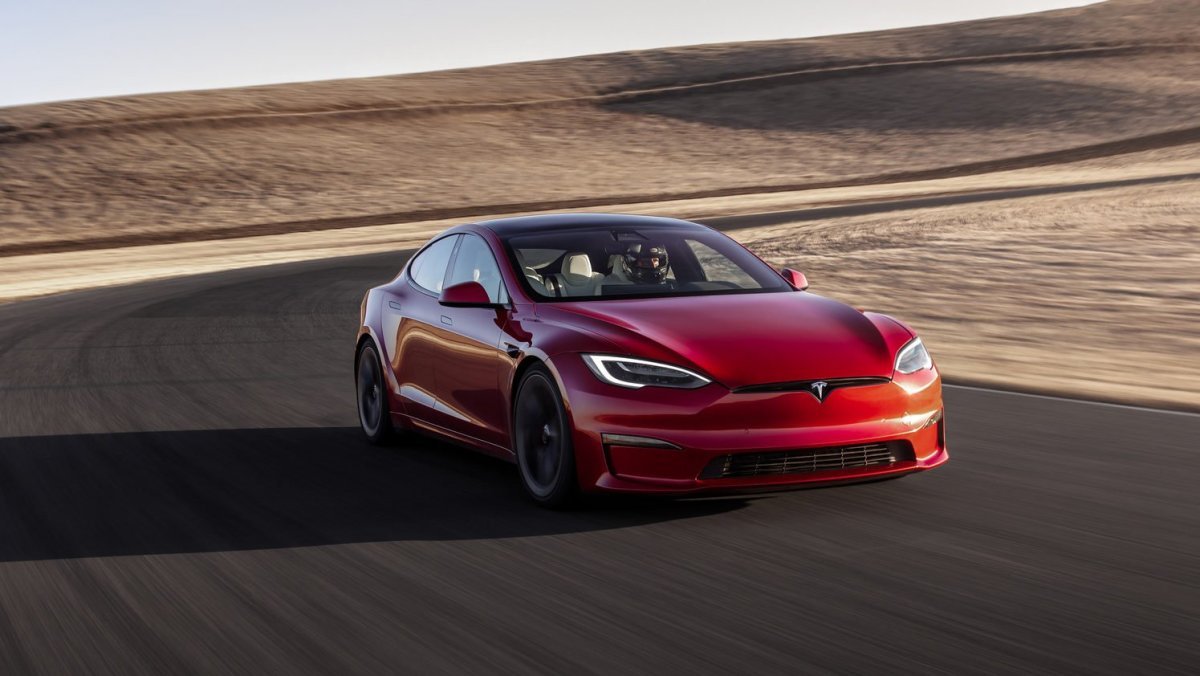Tesla’s stock has been on a downward trajectory, leaving early investors and long-time bulls reconsidering their positions. Shares of Tesla (NASDAQ: TSLA) have fallen nearly 30% this year, a stark contrast to the 10% gain seen in the S&P 500 Index over the same period. This significant drop in Tesla’s stock value has erased over $350 billion from its market capitalization since hitting a high point last July.
Waning Investor Confidence
One of the primary reasons for this decline is the slowing demand for Tesla vehicles. Estimates for deliveries have been consistently revised downward, creating a bleak outlook for the company’s near-term performance. Analysts predict that Tesla’s first-quarter delivery numbers will be lackluster, further dampening investor sentiment. Vijay Rakesh of Mizuho Securities noted that expected growth in EV sales for 2024 has been revised down from 25% to 15%, highlighting the broader slowdown in the electric vehicle market.
Rising Competition and Market Saturation
Tesla’s early success was fueled by a near-monopoly on the electric vehicle (EV) market and a cult-like following among consumers. However, as the market matures, competition from both traditional automakers and new EV startups has intensified. Companies like Rivian and Lucid Motors, although struggling, represent a growing competitive threat that Tesla must navigate.
Price Cuts and Profitability Concerns
To maintain its market position, Tesla has resorted to cutting prices, igniting a price war within the EV industry. While this strategy aims to boost sales, it has also squeezed profit margins, adding another layer of concern for investors. The rising costs of auto insurance, driven by the higher expense of repairing electric vehicles and a shortage of mechanics, further exacerbate Tesla’s profitability issues.
Pessimism Among Analysts
The pessimism is not just among individual investors but also reflected in the broader analyst community. The share of bullish ratings on Tesla has dropped to its lowest in about three years. Analysts have been rapidly cutting their estimates for Tesla’s future performance, citing a lack of new catalysts and the high costs associated with ongoing projects like self-driving technology. This uncertainty has led to increased skittishness in the market, with more investors buying options to protect against further declines.
While some long-term Tesla bulls believe that the current challenges are temporary and that the adoption of EVs will continue to grow globally, the near-term outlook remains murky. The key metrics to watch will be Tesla’s delivery volumes and gross margins, as these will significantly influence the stock’s direction in the coming months.









Add Comment